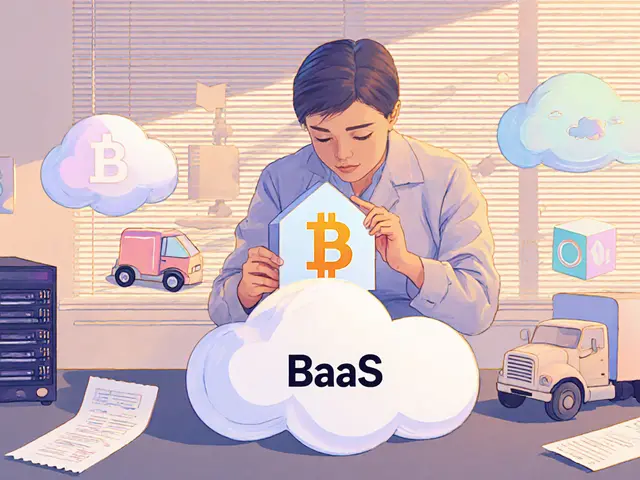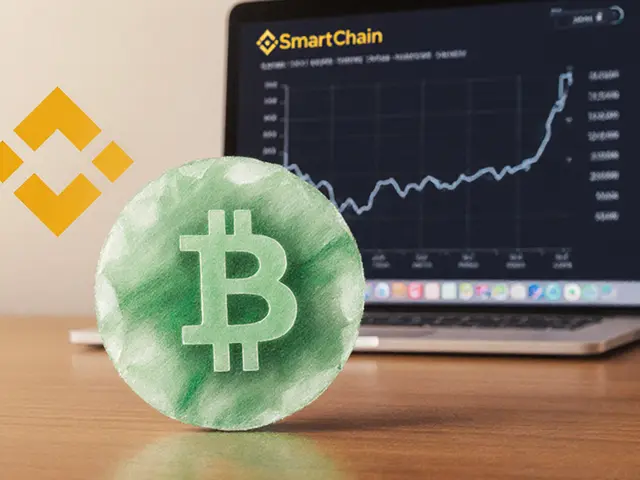Decentralized Voting Explained
When working with Decentralized Voting, a method that spreads voting power across a blockchain network so no single party controls the outcome. Also known as blockchain voting, it lets anyone with a compatible wallet cast a cryptographically secured vote that’s instantly recorded on‑chain. This approach is a core pillar of DAO, Decentralized Autonomous Organizations that run on smart contracts and rely on token holders to make collective decisions. By removing intermediaries, decentralized voting aims to boost transparency, lower fraud risk, and give communities real ownership of governance.
How the Mechanics Fit Together
One of the most common implementations is on‑chain voting, where each vote is written directly to the blockchain ledger, creating an immutable record. This enables token‑weighted voting, where the number of tokens you hold translates into voting power, and quadratic voting, which mitigates the influence of whales by making each additional vote cost more tokens. Decentralized voting therefore connects three key ideas: blockchain governance requires transparent mechanisms, DAO structures depend on reliable on‑chain voting, and quadratic voting influences how power is distributed among participants. The result is a self‑adjusting system that can evolve with community needs while staying auditable.
Below you’ll find a curated collection of articles that dive deeper into each of these concepts. From practical guides on setting up DAO ballots to analyses of token‑weighting models, the posts cover real‑world use cases, risk considerations, and emerging trends. Whether you’re a newcomer curious about how voting works on crypto platforms or an experienced builder looking for optimization tips, the resources here give you a solid foundation to navigate the fast‑moving world of decentralized decision‑making.

Explore how blockchain voting creates transparent, auditable elections while protecting voter privacy, backed by real pilots, benefits, challenges, and future steps.
Jonathan Jennings Jul 16, 2025




